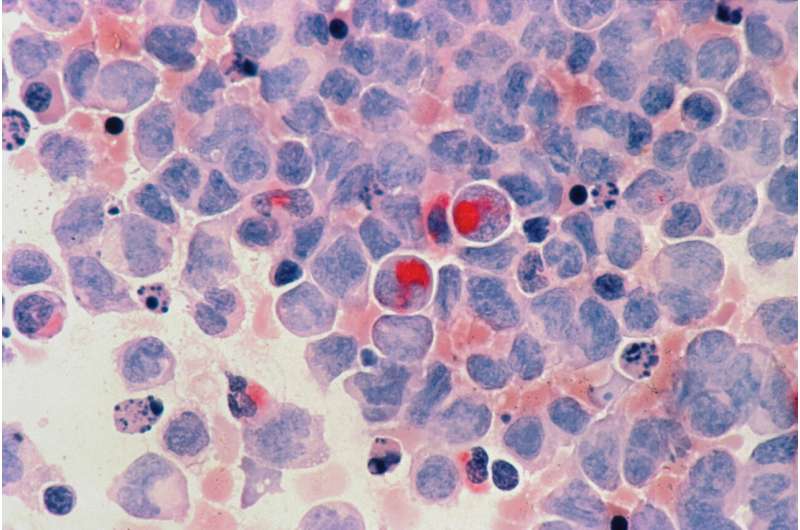Impact of Policy Changes on American Medical Expenses: Rising Costs on the Horizon

Recent policy changes under the Trump administration are set to increase healthcare costs for millions of Americans, with higher insurance premiums, reduced protections, and more medical debt impacting financial stability nationwide.
In the run-up to the 2024 elections, healthcare costs remain a pressing concern for many Americans. While President Donald Trump campaigned on promises to reduce expenses and expand healthcare access, recent policy shifts threaten to reverse some progress made under previous legislation. The administration’s rollback of certain federal protections and programs aimed at shielding patients from high medical bills could lead to an increase in financial burdens for millions.
As a result of the tax cuts enacted in July, a significant number of individuals may soon find themselves without health insurance or with plans that require higher out-of-pocket costs. The legislation is expected to cause the loss of coverage for up to 10 million Americans by 2034, primarily due to reduced Medicaid funding. Additionally, premium costs on state insurance marketplaces are projected to rise, pushing consumers toward higher deductibles and less comprehensive coverage.
Federal regulations governing COVID-19 vaccinations are also being loosened, potentially leaving millions without coverage for these essential vaccines unless they pay out of pocket. Such changes could increase the overall cost of routine medical visits, especially for Medicaid recipients, with copays rising as high as $35.
Another concern involves the diminished protections around medical debt. The Trump administration has moved to rescind regulations that would have prevented medical debts from affecting credit scores. Without these safeguards, many Americans could see their financial stability compromised, facing lower credit ratings and higher borrowing costs if they cannot pay their bills.
Experts warn that these policy shifts disproportionately affect low-income families and vulnerable populations, who rely heavily on federal programs for healthcare security. Advocacy groups emphasize that the erosion of federal protections could result in more individuals drowning in medical debt, which hampers their ability to secure loans, housing, or jobs.
Despite the administration's assurances that these changes will not significantly impact healthcare affordability, numerous health and consumer advocacy organizations remain cautious. They highlight that the rollback of key protections and funding cuts threaten to undermine the financial security of millions and worsen health disparities.
Overall, these developments mark a stark contrast to earlier promises of making healthcare more affordable. As policies evolve, the financial strain associated with medical costs is expected to grow, raising urgent concerns about the future of healthcare affordability in the United States.
Stay Updated with Mia's Feed
Get the latest health & wellness insights delivered straight to your inbox.
Related Articles
Innovative Dual-Drug Approach Shows Potential in Treating Aggressive Leukemia
A new combination therapy using Menin inhibitors and a novel drug shows promise in treating aggressive forms of acute myeloid leukemia, potentially improving patient outcomes and overcoming drug resistance.
Enhanced Hemophilia B Treatment: Engineered Albumin-Fused FIX Extends Half-Life
A novel engineered albumin-fused FIX protein significantly extends the treatment half-life for hemophilia B, reducing injection frequency and improving patient care. Learn about this innovative approach from recent research findings.
Innovative Biomaterial Demonstrates Potential to Reverse Heart Aging
A new hybrid biomaterial developed by researchers shows promise in reversing age-related changes in heart tissue by targeting the extracellular matrix, opening new possibilities for regenerative therapies.



